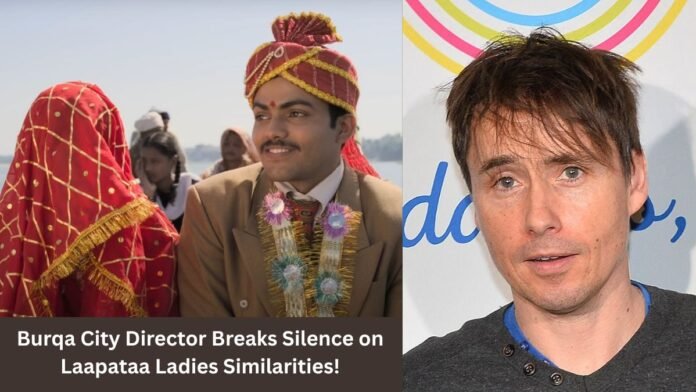The buzz around Laapataa Ladies took an unexpected turn when French filmmaker Fabrice Bracq, known for his 2019 Arabic short Burqa City, publicly questioned the originality of Kiran Rao’s film. Bracq has alleged that the much-celebrated feature shares strikingly similar themes, character dynamics, and even scene structures with his short. His claims have fueled a growing online debate, particularly after a viral video surfaced, showing side-by-side comparisons of scenes from both films.
“First of all, even before watching the film, I was surprised by how closely the pitch matched that of my short film. Then I watched the film, and I was both surprised and shocked to see that, although the story had been adapted to Indian culture, many aspects of my short were clearly present,” Bracq told India Today. He pointed out several elements, including “the kind, loving, naive husband who loses his wife, contrasted with the other husband who is violent and despicable,” as well as “a corrupt, violent, and intimidating policeman surrounded by two sidekicks,” and the moment involving “the photo of the veiled woman.”
He elaborated further, saying, “The scene where the kind husband searches for his wife in various shops is particularly revealing – he shows the shopkeepers a photo of his veiled wife, just like in the short film, and then the shopkeeper’s wife comes out wearing a burqa, almost like a nod to Burqa City. There’s also the similarity in the plot twist at the end, where we learn that the woman deliberately chose to run away from her abusive husband – a key narrative element in Burqa City.”
“And more broadly,” he concluded, “the film carries a similar message about women’s emancipation and feminism.”
On the other side of the controversy, Laapataa Ladies writer Biplab Goswami has dismissed the plagiarism allegations. In a recent statement, he defended the film’s originality and provided documentation to support his claim. Goswami revealed that the detailed synopsis of the story was registered with the Screenwriters Association in 2014, and the full-length script—titled Two Brides—was officially registered in 2018.
As the debate continues, audiences and critics alike are left grappling with a tough question: is this a case of creative overlap or a deeper issue of artistic borrowing?



